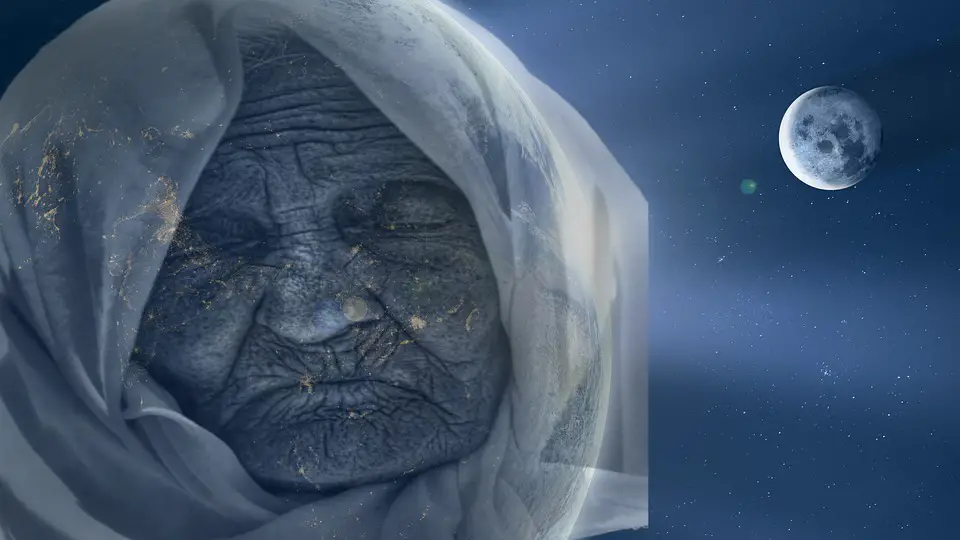For untold millennia, the Earth, our lovely and ever-evolving globe, has provided a safe sanctuary for life in its various forms, including our own. Its age has always been a topic of interest and speculation among historians, scientists, and those with naturally inquisitive minds. Using a variety of approaches, such as geological dating techniques, fossil research, and astronomical observations, scientists have been working tirelessly to unravel the mysteries surrounding the age of our planet. Come along with us as we set out on an exciting adventure to discover the age of the Earth and uncover the incredible history of our planet.
Formation of Earth
The formation of Earth It is estimated that the formation of Earth took occurred roughly 4.5 billion years ago. This age was calculated by using radiometric dating on the earliest rocks that are known to exist on Earth as well as moon samples that were brought back from the Apollo missions by astronauts. Because these rocks are made up of radioactive isotopes, which degrade over the course of time, scientists are able to determine their ages through the use of radiometric dating techniques. Scientists are able to deduce the age of the Earth and the other heavenly bodies that orbit around it by examining the rate at which certain elements, including uranium and lead, disintegrate over time.
Radiometric Dating
Radiometric Dating is a Powerful instrument Used by Scientists to establish the Age of Rocks and Minerals Radiometric dating is a powerful instrument used by scientists to establish the age of rocks and minerals. It is predicated on the idea of radioactive decay, according to which unstable isotopes change into stable isotopes at a rate that is relatively constant. Scientists are able to determine the amount of time that has elapsed since the rock was produced by analyzing a sample and calculating the ratio of parent isotopes to daughter isotopes present in the sample. This technique has helped shed light on previously unknown aspects of Earth’s history, such as the sequence of significant geological occurrences and the origin of life on this planet.
Evidence from Fossils
Understanding the age of the Earth and the progression of life relies heavily on fossil evidence. Fossils provide a wealth of information on these topics. Paleontologists investigate the fossils of extinct species that have been preserved in rocks because these fossils can shed light on the duration of the organisms’ existence. Scientists are able to piece together a history of life on Earth by constructing a timeline based on the distribution of fossils found in various rock levels and comparing these distributions to existing fossil records. These discoveries, in conjunction with radiometric dating, contribute to our comprehension of the age of the Earth and the processes that have, over the course of its history, changed it.
Astronomical Observations
In addition to doing research on Earth itself, scientists have also turned their attention to the skies in an effort to better understand how long our planet has been in existence. Astronomers are able to determine the age of the universe by looking at the age of nearby stars as well as the relics of stars that have exploded, which are known as supernovae. This knowledge can provide extremely helpful insights into the age of our planet, as it is generally accepted that the Earth came into being not long after the origin of the solar system.
Radiometric dating, the examination of fossils, and astronomical observations have all contributed to the scientific community’s conclusion that the age of the earth is roughly 4.5 billion years. This astounding age is a reflection of a rich and eventful history that encompasses the beginning of the solar system, the development of life, and the ongoing geological shifts that have created our planet. Understanding the age of the Earth is not only a demonstration of the efficacy of scientific research, but it is also the key to unlocking the secrets of our long-lost birthplace and our place in the cosmos.
![]()
